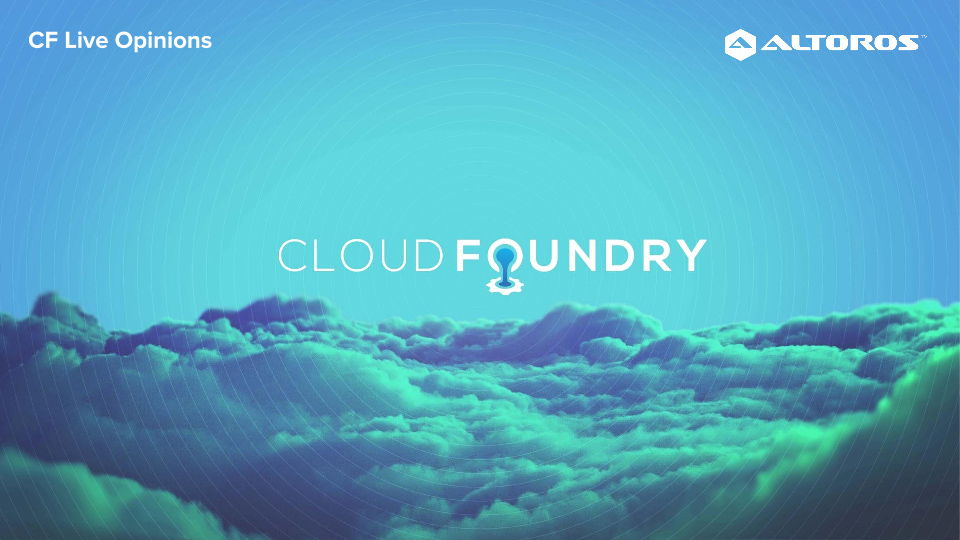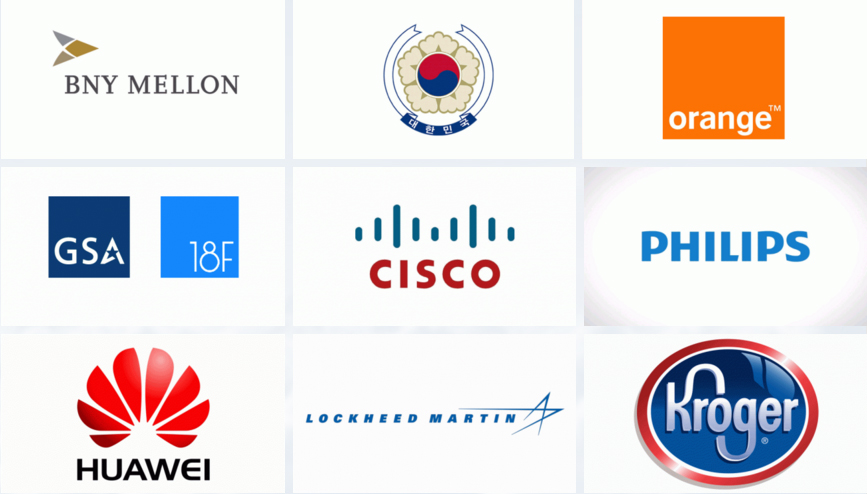Digital Transformation: Put Cloud Foundry in the Middle

The idea of Digital Transformation became credible with the rise of cloud computing, which in turn brings with it a new firmament of frameworks, databases, platforms, and infrastructure choices.
What started a few years ago as a relatively simple process of virtualizing a data center room on the one hand, and spinning up instances on Amazon Web Services on the other, has evolved into diverse ecosystems of choice for enterprise IT. Depending on the volume, variety, and velocity of data (aka the “3Vs”) organizations will plan specific strategies, tactics, and milestones.
But what lies at the center of enterprise cloud initiatives? Is it the underlying infrastructure? The database(s)? The framework?
Сloud computing issues to address
Although all of these are mission-critical, an argument can be made that, instead, the platform is the critical component, and the one around which enterprise clouds should be planned.
A quick look at some of the issues involved with cloud computing can be instructive:
- The barrage of information about cloud computing from companies and foundations can be overwhelming at times. Hadoop and NoSQL databases form one level. The former has become very popular as a way to distribute resources across clusters of storage, and is thus suitable to handle new, heavy, real-time data flows driven by mobile devices and/or emerging IoT deployments. The latter (e.g., Cassandra, Couchbase Server, MongoDB) come in many varieties, with no clear market winners at the moment.
- And how much do enterprise managers need to know about languages? Is Go the way to go? How deeply involved does an organization need to be with the Ruby and Ruby on Rails communities?
- It gets worse. What are the distinctions, for example, among JavaScript, Node.js, and JSON? One’s a scripting language, one’s an environment, and one’s a run-time environment, and one’s a format, you say? Looks like I picked the wrong week to stop sniffing glue.
- Once we descend further into this Dantean inferno, we encounter infrastructure—lots of it. Amazon faces spirited competition from Microsoft Azure these days, and an increasing challenge from Google. But its biggest competition comes from companies instituting their own private clouds (often doing so in hybrid fashion along with a public provider). The private cloud is several times the size of the public cloud, and my guess is this will remain true for the forseeable future. (The unforeseeable future will be the subject of a future post.)
Transformation with Cloud Foundry
Cloud Foundry was designed for private cloud deployments, and can literally save days and weeks in wrestling and corralling the fine details of infrastructure deployment for its users. It can also function as a deployment tool for public cloud, even as the public cloud providers work to include their own platforms into their overall infrastructure services.
PaaS is the way to take what an application or service wants to accomplish and make it so with whatever amount of underlying infrastructure is required (and can be afforded).
Clearly, without infrastructure there is no computing. Without languages and frameworks, there are no applications and services to run on those computing resources. But Cloud Foundry is the catalyst, the glue, the center of it all. It should be a best practice for an organization to thus build from the center.
One can thus think Cloud Foundry first, then think of how to create apps and services on top of it, and run infrastructure underneath it.
This ensures the beginnings of a successful journey to Digital Transformation. For Digital Transformation is often (or should be) the ultimate goal of cloud computing and related initiatives.
This is what it means:
- Handling all the data types being found and created in the organization
- Understanding that through mobility, data is being generated and analyzed on the edges of the enterprise more than at the center
- Mixing and matching that data in an ecosystem of specific, loosely connected applications and services
- Automating processes; analyzing and acting upon data in short timeframes to develop, improve, and enhance products and services directly through IT
- Having enough well-trained people at all levels of the organization to address the inevitable technology glitches, while also maintaining a high-level strategic view of what’s going on.
Examples that inspire
We can go back a few months to the Cloud Foundry Summit 2015 in Santa Clara, CA, which provided many examples of companies in the midst of Digital Transformation. Impatience was a theme of much of this discussion. Presenters spoke of the old ways of doing things versus the new, slick, automated, loosely coupled, transformative way and how great progress was being made and would continue to be made this year.
One could get the idea that Digital Transformation is a product or service itself, and one that needs to be installed right now.
Cloud Foundry Foundation CEO Sam Ramji reinforced this notion a few months later at OSCON, in Portland, with his keynote speech about Continuous Innovation.
All this said, Digital Transformation is something that should be thought of in terms of years, and decades. Taking the long view does not prolong the future. Rather it means setting measurable goals and focusing on day-to-day efforts to turn those goals into self-fulfilling prophesies.
Altoros has created an Architect’s Guide for Cloud Foundry, for those who have committed to this PaaS and need to know what it can do and how it works.
There is also a nice collection of use cases involving Cloud Foundry within CF Live.









